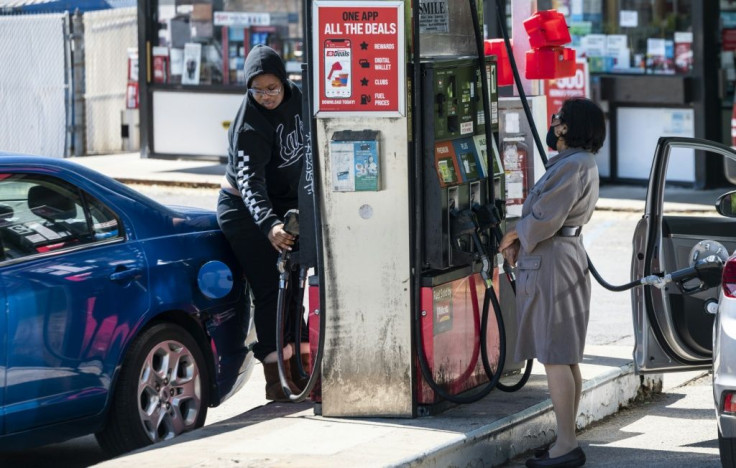Spike In US Inflation Fuels Debate Over Economic Overheating
US consumer prices spiked last month, with the inflation rate accelerating to the fastest pace in over a decade, adding to fears the American economic rebound from the Covid-19 pandemic is overheating.
The consumer price index (CPI) jumped 5.0 percent for the 12 months ending May, the Labor Department reported.
The surge -- the highest since August 2008 -- was not unexpected, but continued the trend seen since January as businesses have reopened in the world's largest economy following the widespread shutdowns forced by the Covid-19 pandemic.
The increase was driven largely by spikes in energy and used car prices, which analysts attributed to separate but temporary factors.
While many economists say May marked the peak and price pressures will begin to recede, rising inflation hits families struggling to recover from the pandemic crisis, and is a political liability for President Joe Biden.
Excluding volatile food and energy goods, "core" CPI rose 3.8 percent over the last year, without seasonal adjustment, "the largest 12-month increase since the period ending June 1992," the Labor Department said.
Last month alone, CPI rose 0.6 percent, seasonally adjusted, slower than in April but higher than the consensus forecast, while core CPI increased 0.7 percent.
One third of that rise was due to used cars, which rose 7.3 percent compared to April and are up nearly 30 percent in the latest 12 months, the report said.
Oil prices -- which collapsed and even turned negative last year -- have recovered as the economy has reopened, and the data showed a 56.2 percent surge compared to May 2020.
That jump reflects so-called "base effects" -- the comparison to very low rates, such as those seen last year -- that Federal Reserve officials say will be "transitory" and fade in the coming months.
In fact, the report said gasoline prices fell 0.7 percent in May compared to the prior month.
"US inflation most likely reached a peak in May" and "will likely cool over the remainder of 2021," Gregory Daco of Oxford Economics said on Twitter.

Despite repeated assurances from central bankers that they can contain inflation, the rising price pressures have increased concerns that the economy is overheating.
That could force the Federal Reserve to come off the sidelines and raise borrowing costs from their current zero rate.
"With the economy roaring back, jobs returning and inflation likely to remain higher for longer we continue to see the risks skewed towards an earlier interest rate rise," James Knightley of ING warned in an analysis.
"The Fed is still saying early 2024, but we think early 2023 is more likely and it could come even sooner."
He agreed the inflation has peaked but cautioned that the declined will be slow.
Signs of the pandemic's continued impact are visible throughout the report, particularly the complications it has caused for supply chains that are struggling to meet renewed demand.
A global semiconductor shortage has hampered auto production, pushing new car prices up 1.6 percent in the month, triple the gain in the prior month.
Meanwhile, as Americans have started to travel, rental car agencies are struggling to replenish their fleets and are not selling off older vehicles, raising prices for used cars. Airline fares jumped seven percent in the month.
"Pretty much all the inflation increases are spikes, from demand pumping up air fares (still below pre-Covid levels) to used cars to car rentals," economist Robert Frick of Navy Federal Credit Union said on Twitter.
"Once the chip supply increases, more new cars, rental fleets restocked, used car prices drop."
While the Fed wants inflation to rise to above two percent, after lagging for more than a decade, economist Joel Naroff cautioned that it "could easily remain above three percent for the next year, especially if the rest of the world recovers more rapidly."
hs/dw
© Copyright AFP 2024. All rights reserved.





















